
4 minute read
The possibilities of partnerships...
anese people/companies to be present as it would have benefitted them more. There were also many takeaways. One that resonated with me was from Kwaku Boateng, the Local content Director at the Petroleum Commission Ghana. He stated that local Guyanese companies shouldn’t focus solely on the equity participation but should also focus on the job participation as that would ensure that they actually gather the skills that would build their capacity. “We at the chamber hope that the local Guyanese companies present would not only inform the Guyanese people who couldn’t make it about the importance of local content creation and capacity building but would also partner with Ghanaian businesses to create synergies and share experiences in order to build local capacity, bridge the gap between Ghana and Guyana, Africa and the Caribbean and further help ensure that the future generations of both nations will become products of economic powerhouses created through this economic and cultural partnership. We witnessed the signing of one such partnership with e-Magic Inc. and West Coast Gas at this event and anticipation similar JV in the near future.”
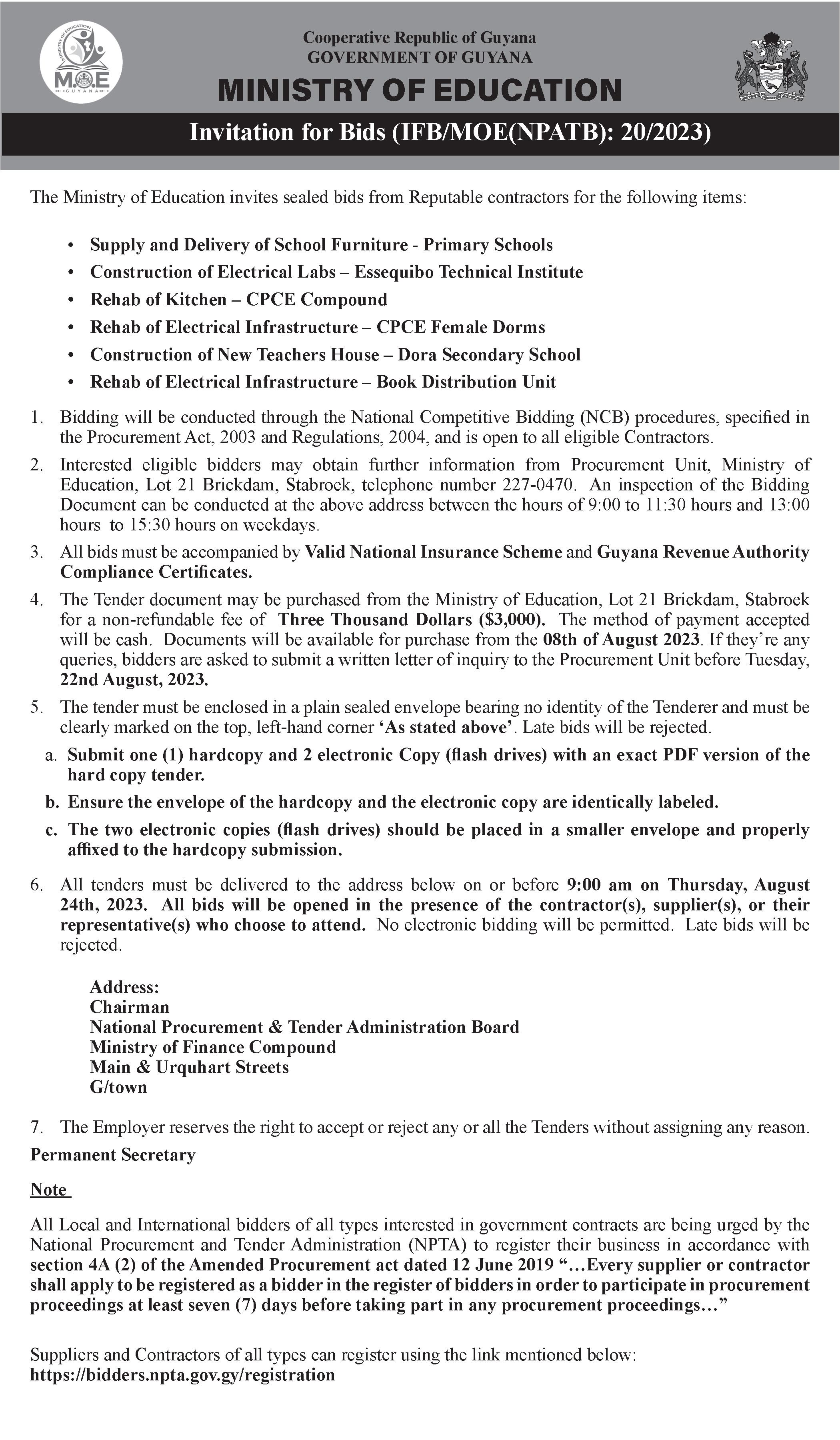
Advertisement
I have to also commend the moderators who did an excellent job other than Nana Adjoa Hackman Esq (Petroleum Policy & Law Expert, Managing Partner, Africa Legal Associates (ALA), Ghana) Mr. Alex Graham (CEO, Tagman Media & Host of Energy Perspectives) Narinder Surae Esq, who did not ask one of the panelists any questions.
Mr. Rodney K. Acquah (Manager, Monitoring and Evaluation of the Petroleum Commission).
We also had the honour of Ogyeahoho Y.Gyebi 11 who is head of the National House of Chefs and he promised me that my next trip will be enjoyable as a result of meeting him. I am so impressed with Ghanaians, as well as their delicious chocolate and feel a connection from the day I
FROM PAGE XXVIII visited that country. I have a feeling this will be written about in my next book as we continue to celebrate this beautiful journey called life BEYOND THE RUNWAY.
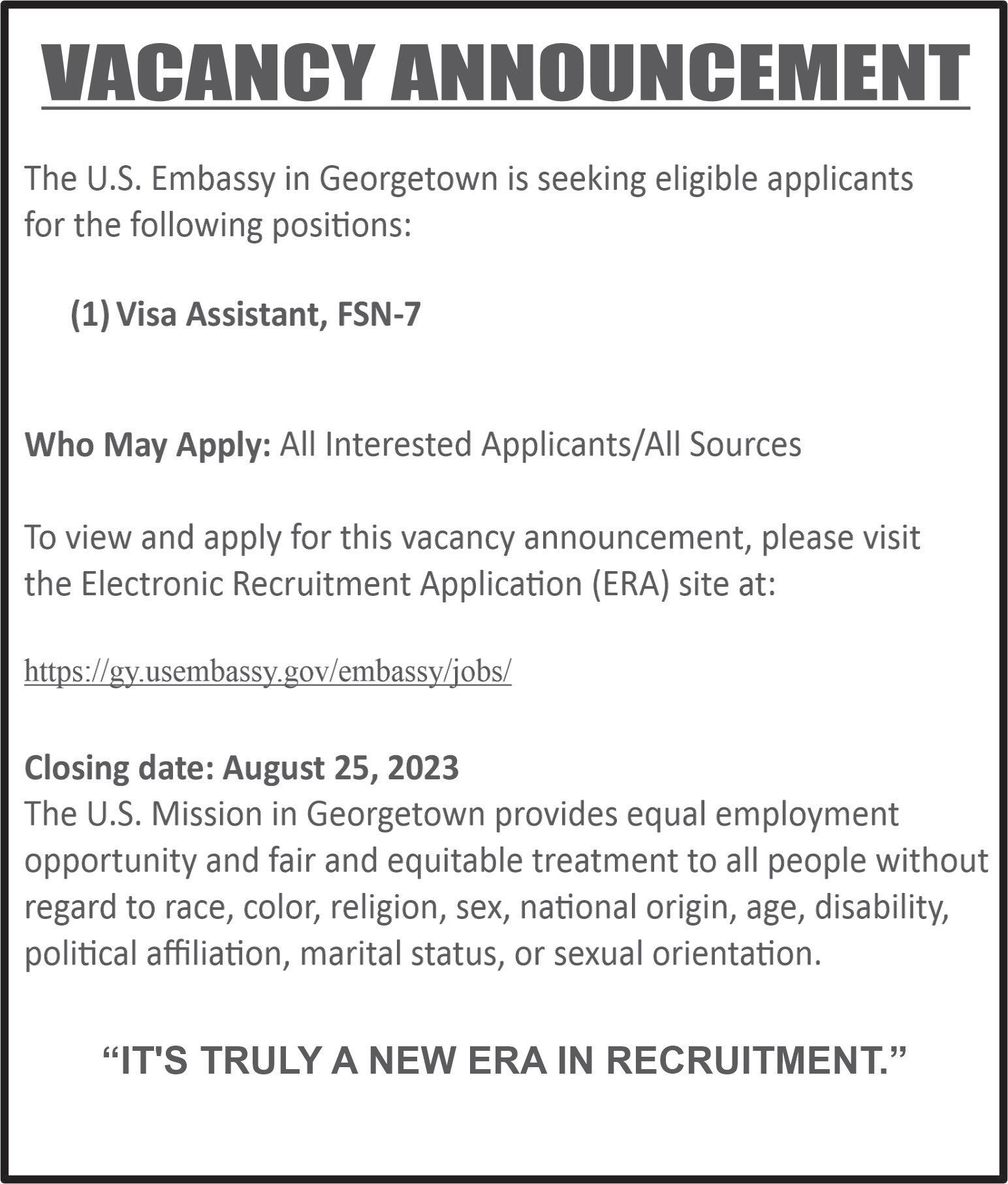
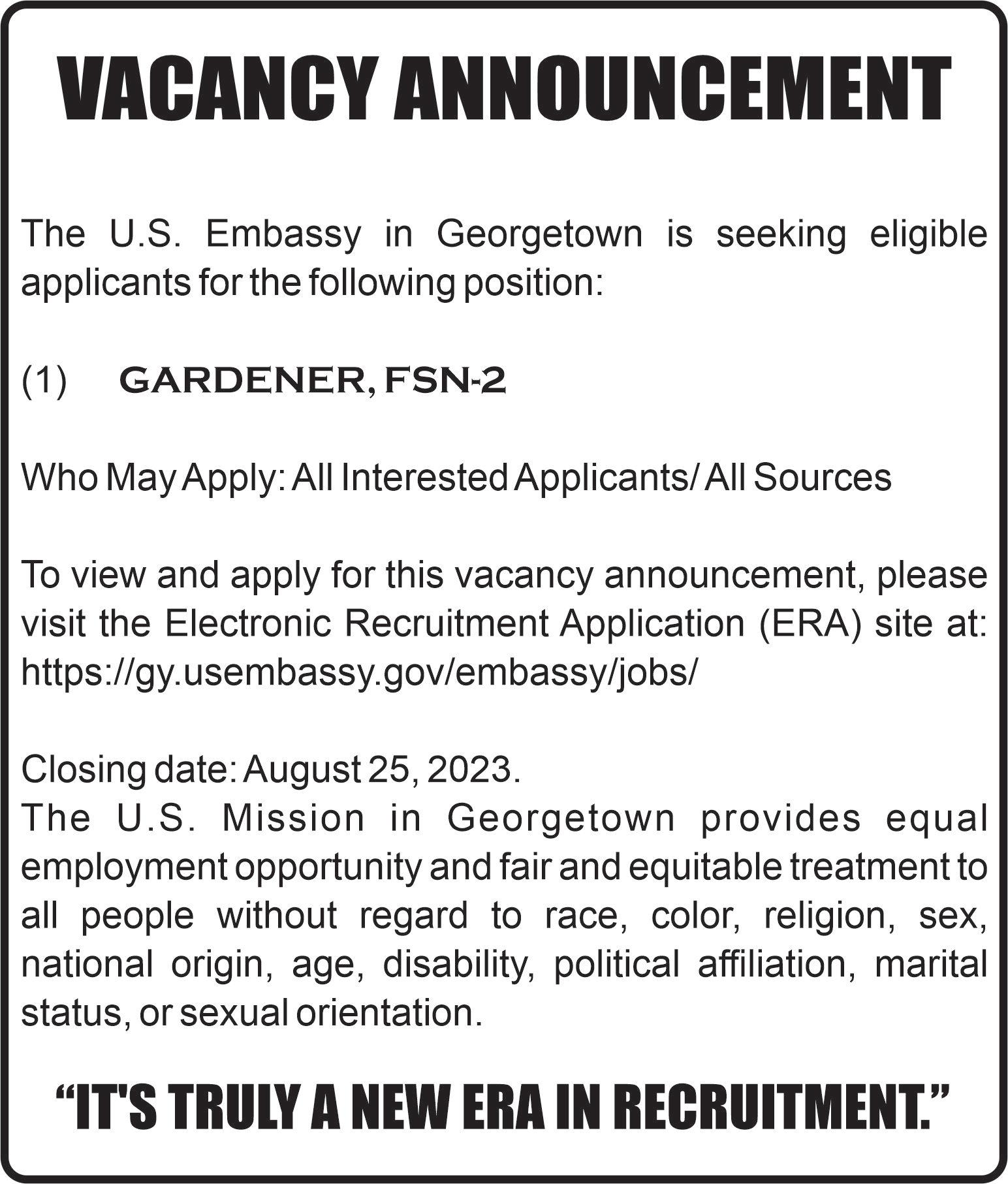


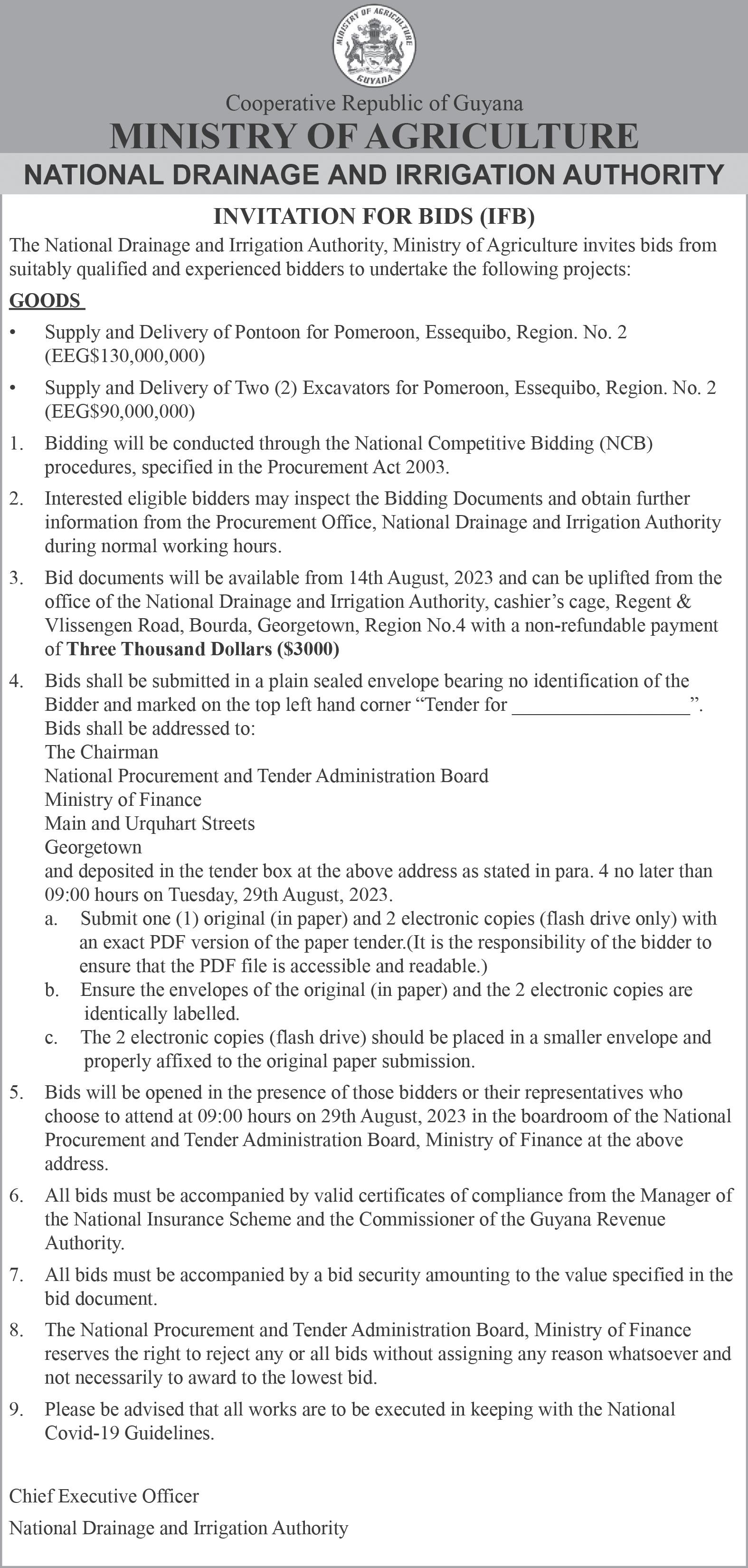
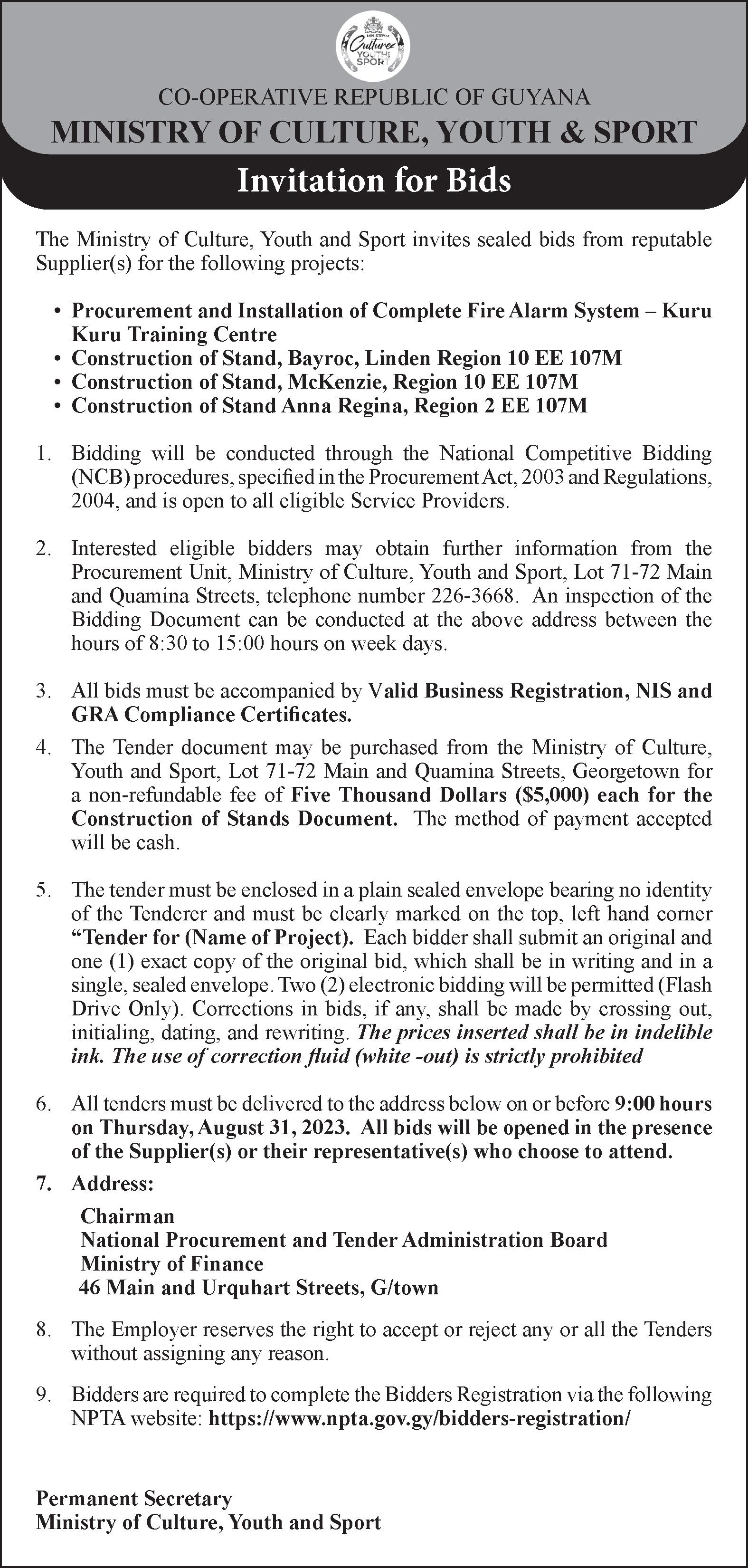

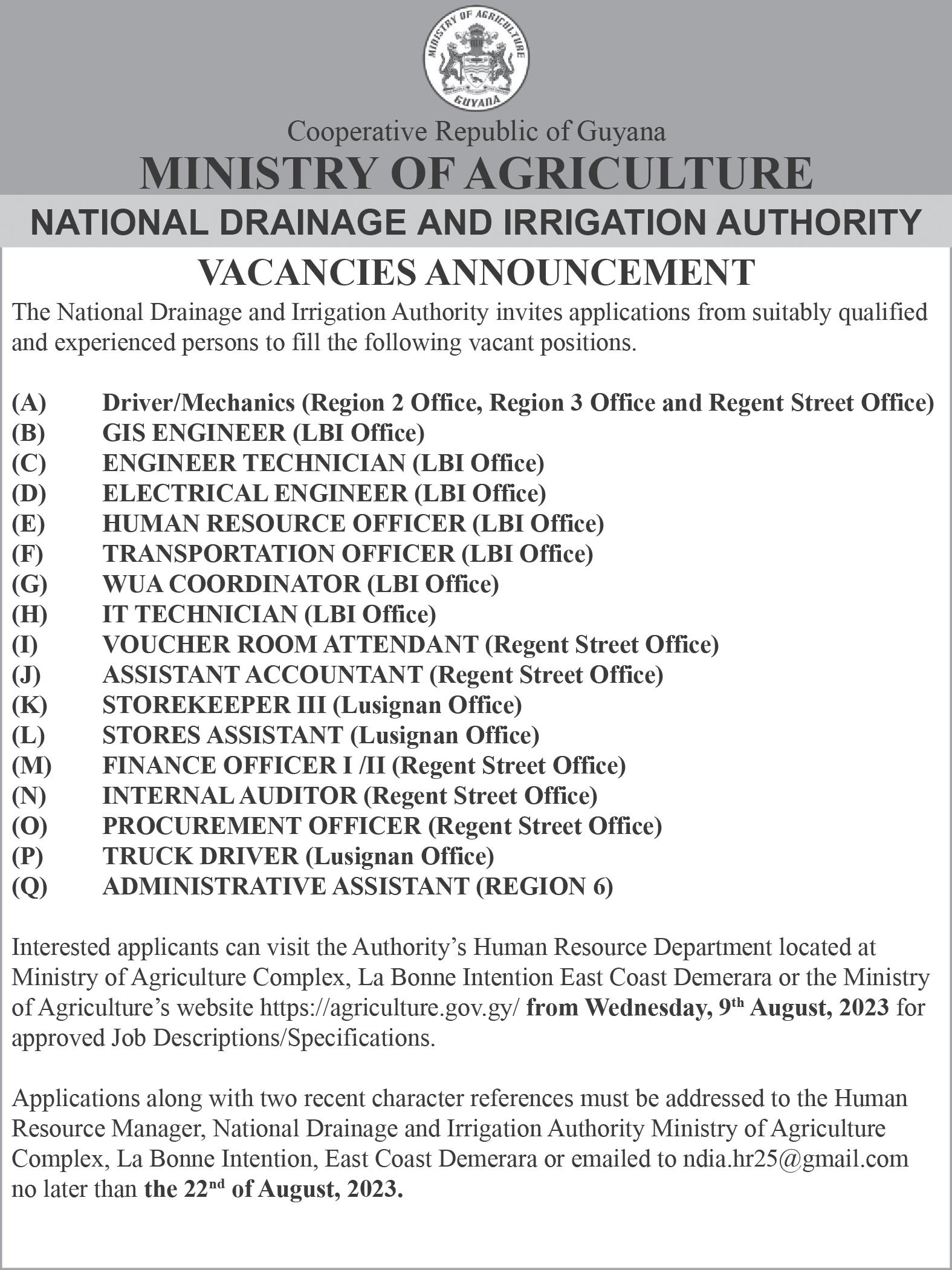
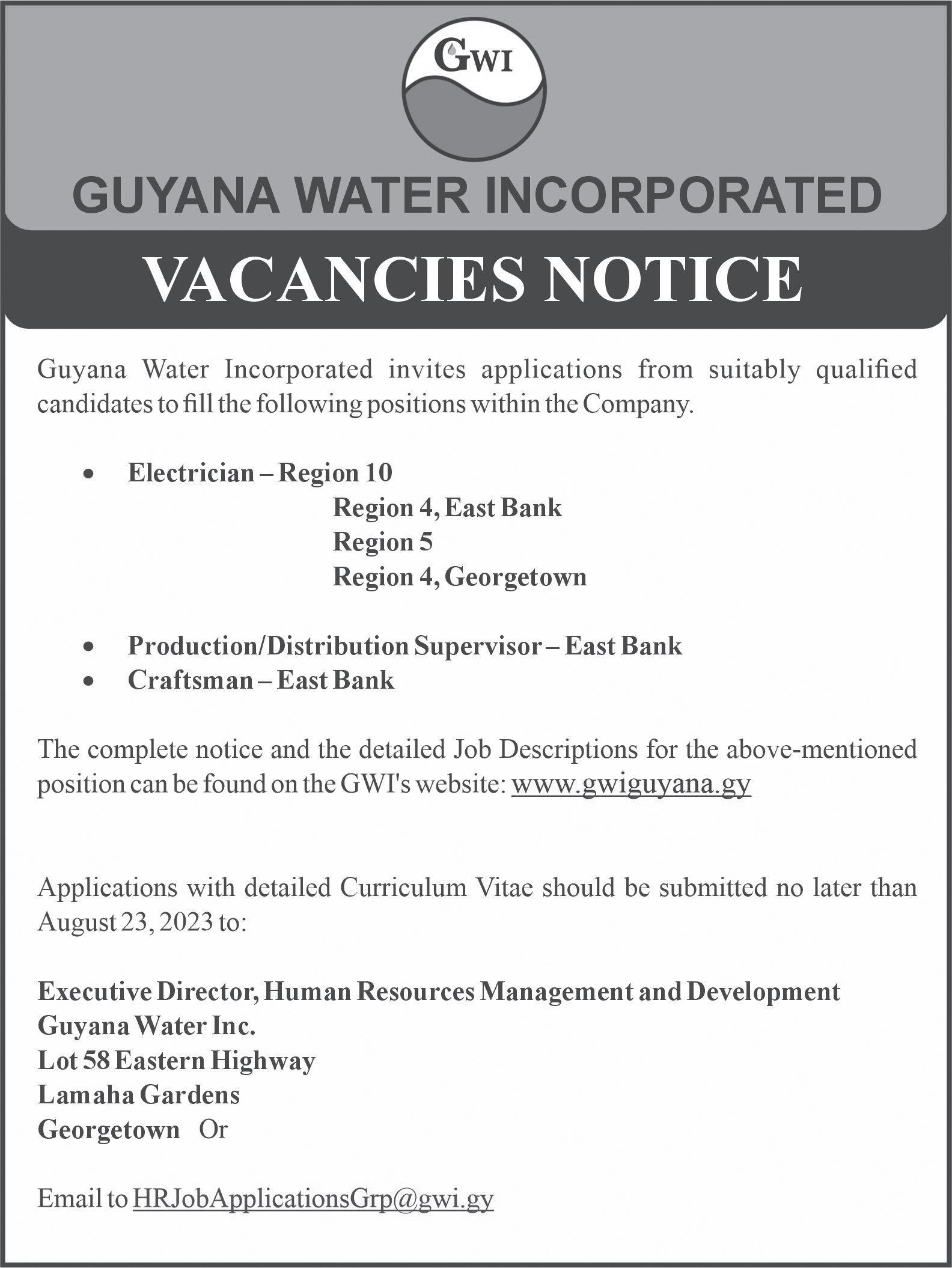

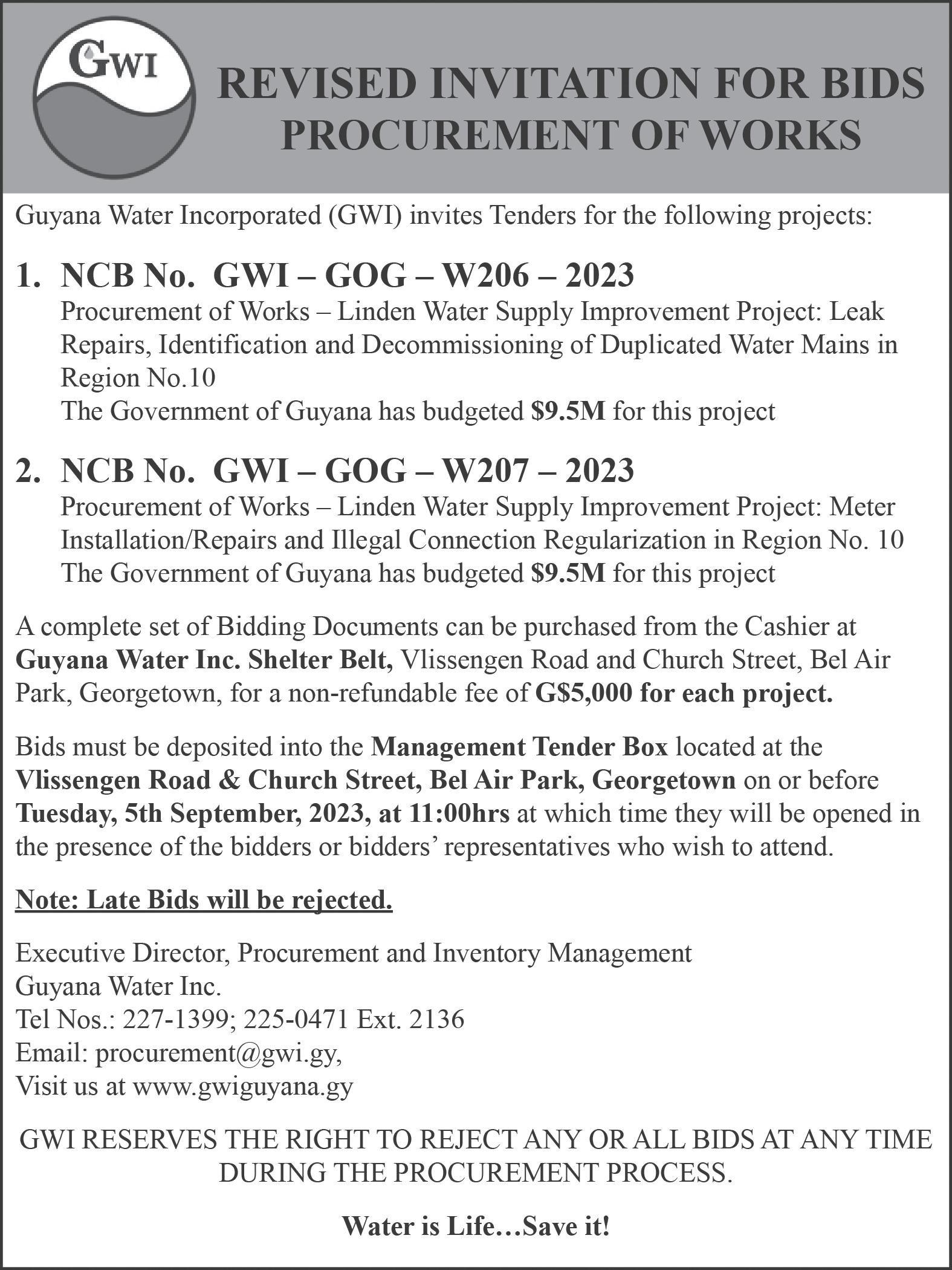
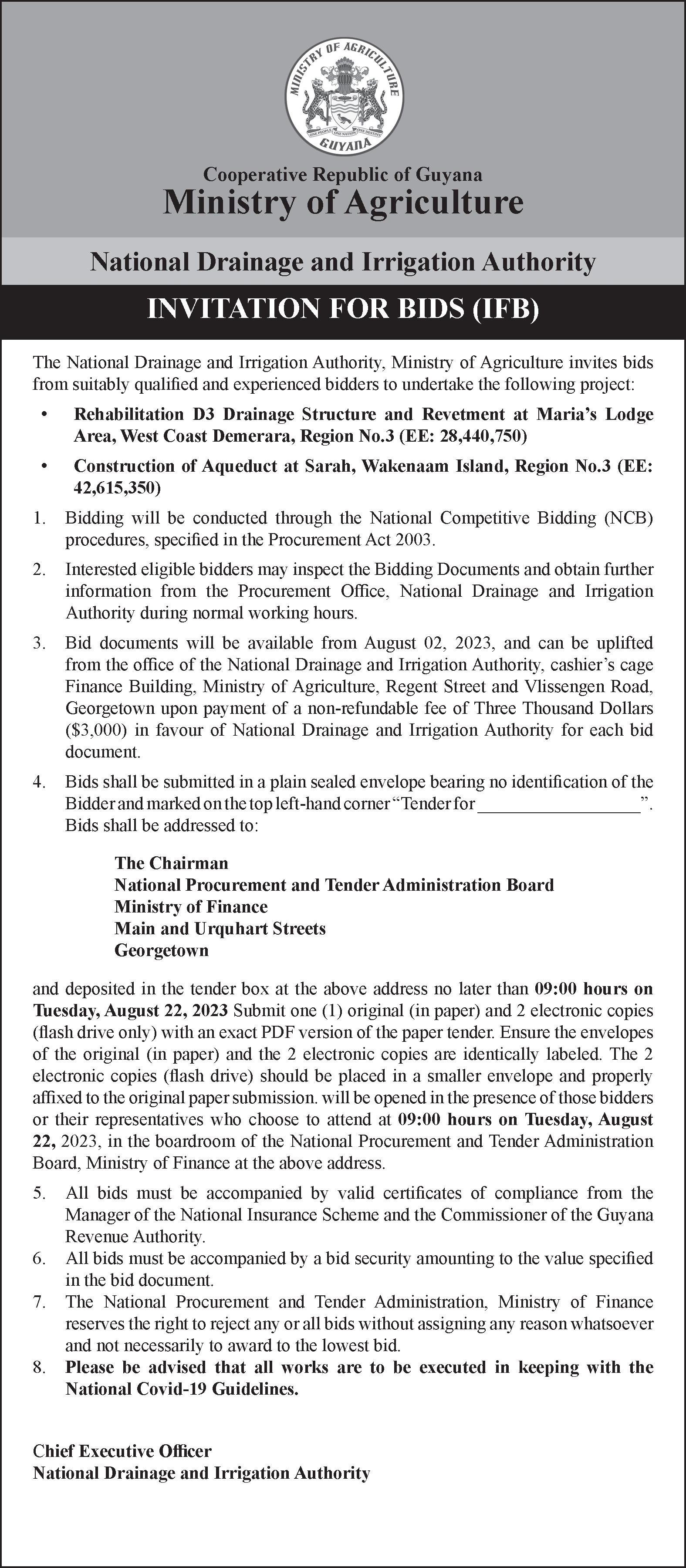
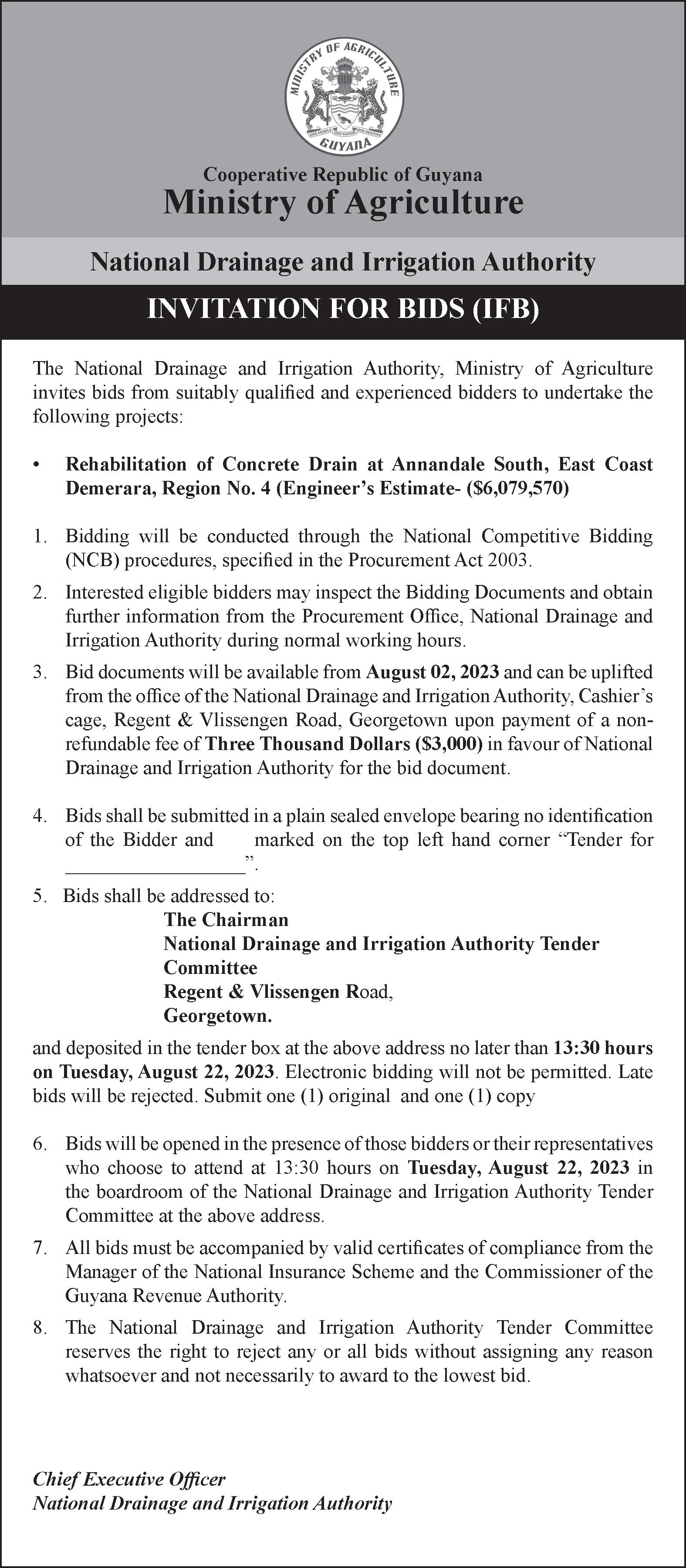
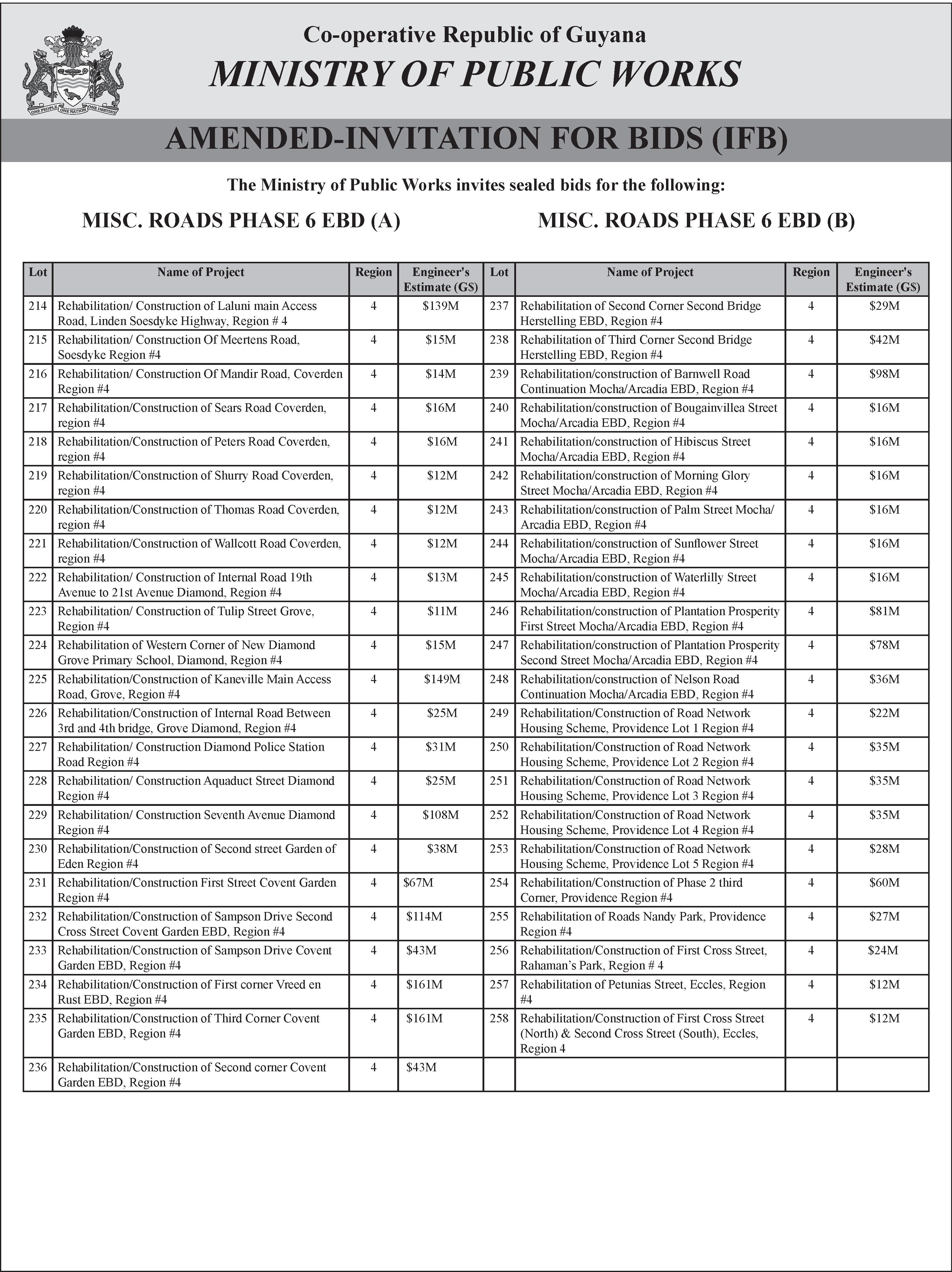
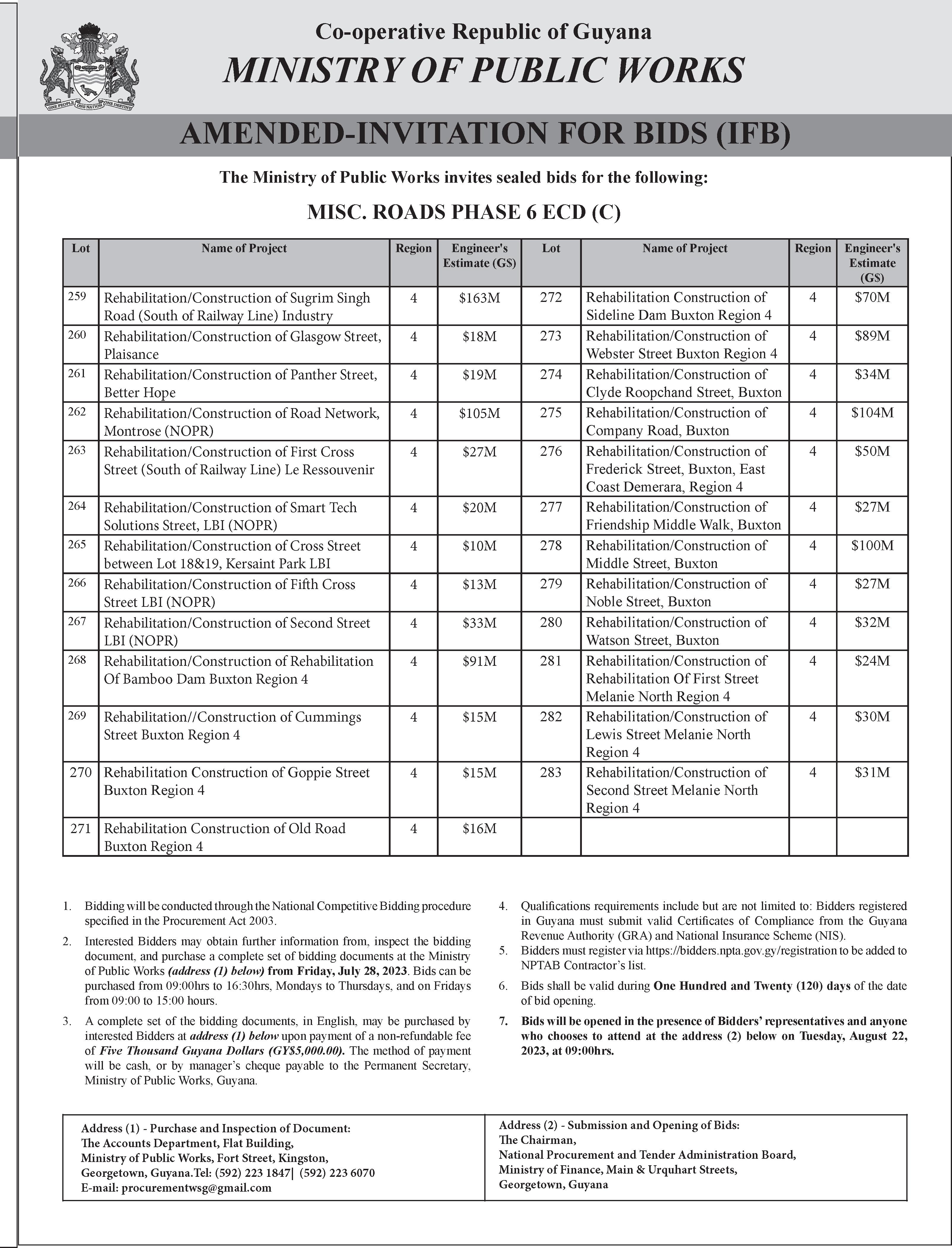
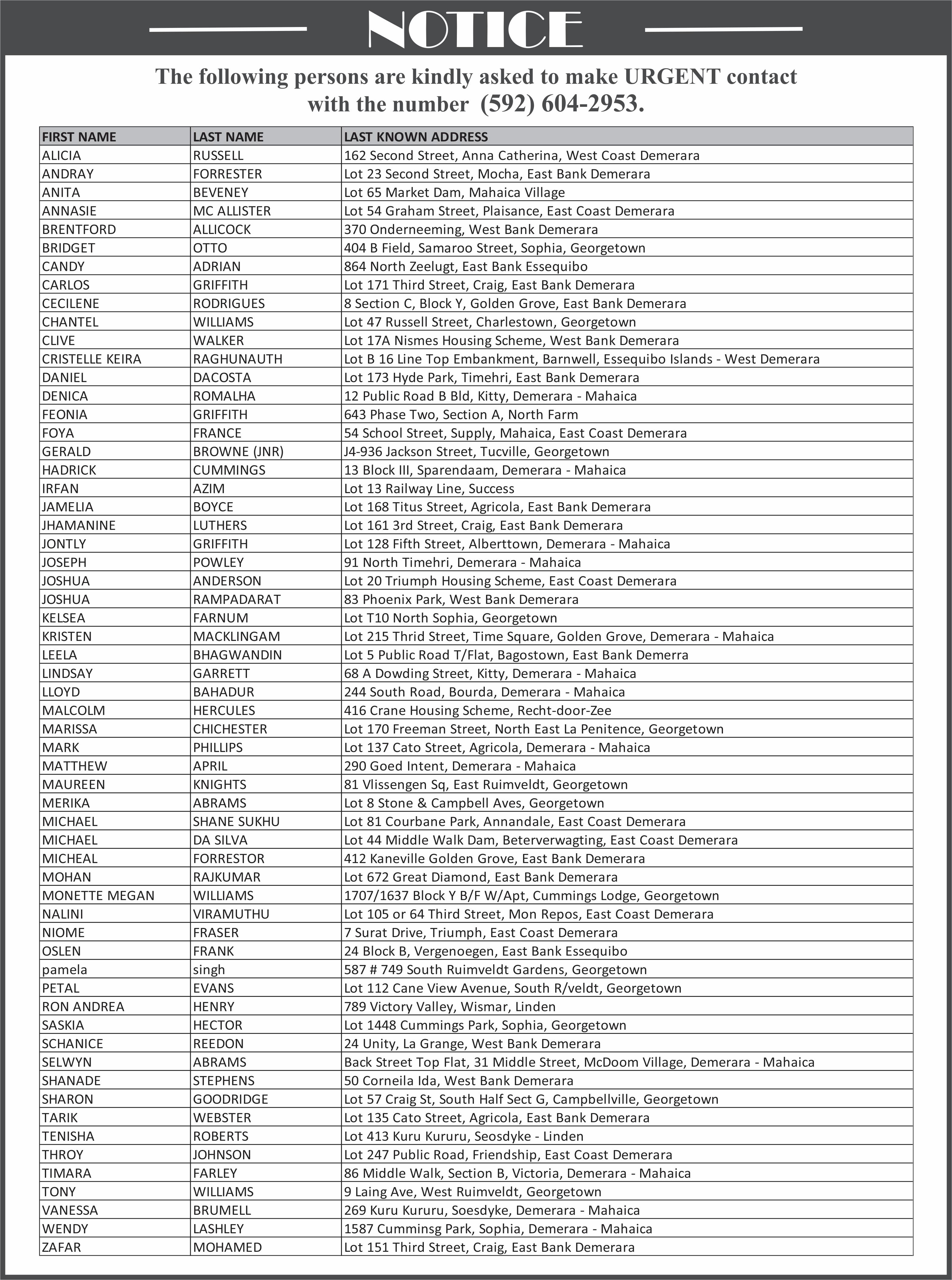
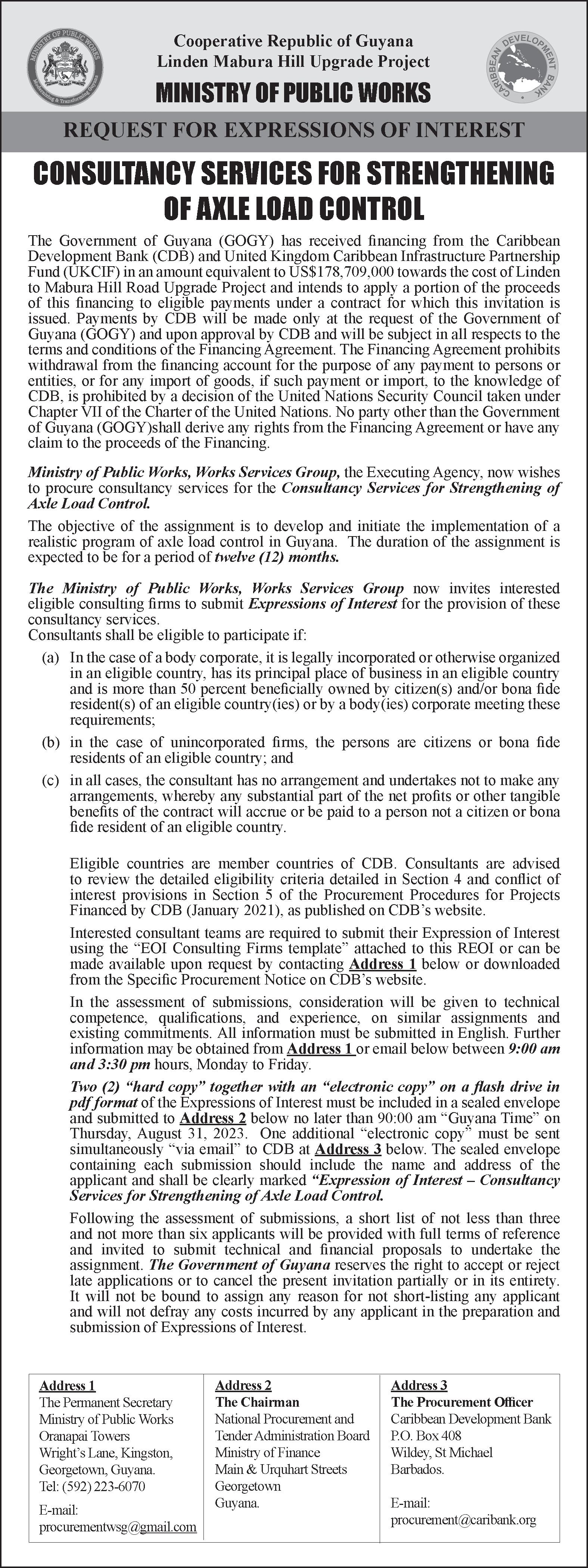
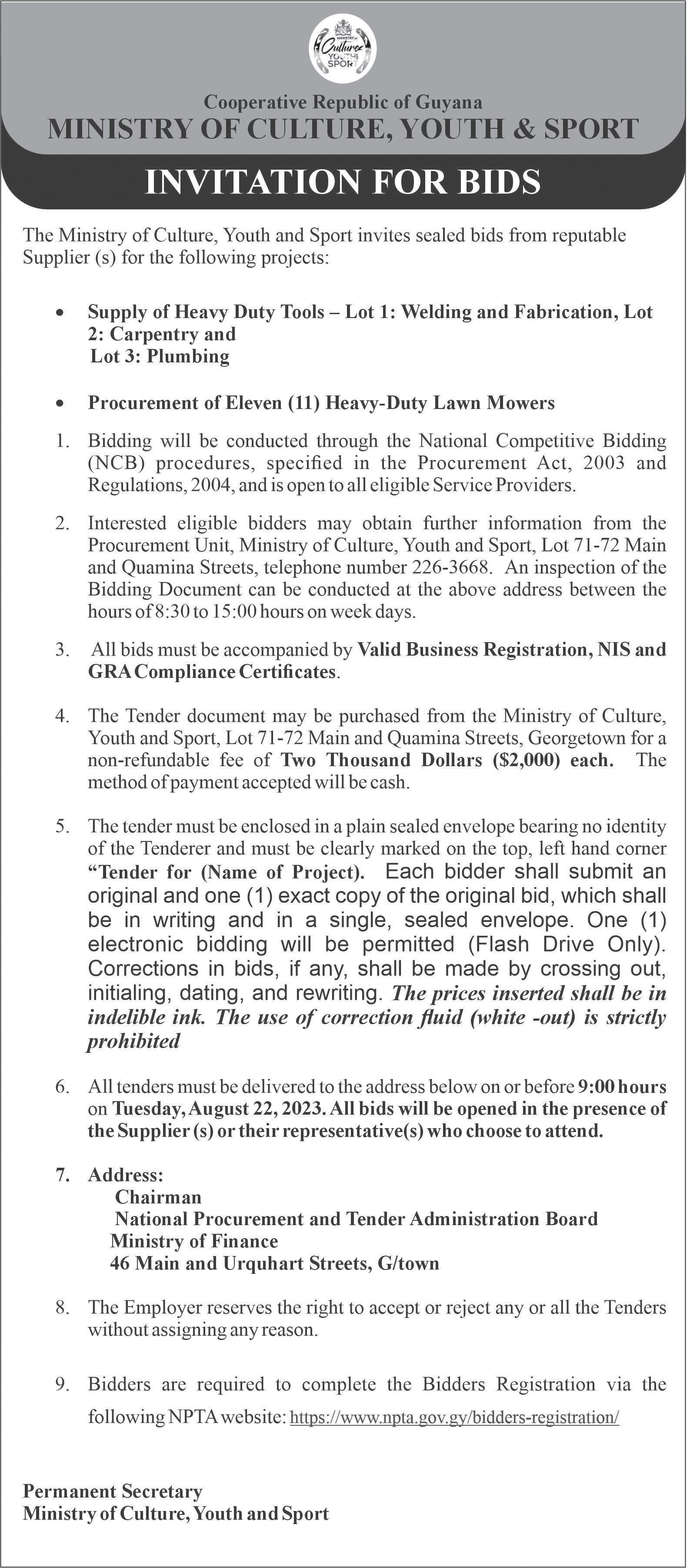
Thought For Today
STUDY SUCCESS Dear Student,
Welcome dear friend. From the very beginning of improving your reading capacity try to develop the power of inference along
August 20, 2023 different lines. Try to infer unfamiliar words through their contexts and again through word-formation and derivation. Is it a noun or verb? Can its form help? Look at the context. Is the word repeated somewhere else? Is there any contrast or analogy that can help you derive the meaning of the word? Try to make a guess. Be wise.
Love you.
GRAMMAR
Predicate agreement with compound subjects
Reminder: Compound subjects joined by ‘and,’ ‘or’, or ‘nor’ are compound subjects.
1) Subjects joined by ‘and.’ A compound subject joined by ‘and’ is clearly a plural subject and takes a plural verb.
Example:
Mr. Sampson and Mrs. George have been successfully coordinating Earth Day in this village youth club since 2019. (The two subjects are joined by ‘and.’ The plural verb ‘have’ is correct.)
2a) Exceptions: Certain subjects can be joined by ‘and’ to identify one person or thing.
When both parts of the subject identify the same person or thing, the subject is singular, and its predicate must be singular.
Examples:
D. Webster’s coauthor and business partner receives half the royalty on these books. (Here the subject refers to one person, who is both co-author and business partner to D. Webster. The singular verb ‘receives’ is correct.)
D. Webster’s coauthor and his business partner receive half the royalty on these books. (This is a genuine compound subject because two different persons are referred to.)
Fish and chips is the mid-morning snack that will be served. (Fish and chips is one snack; thus, the singular verb ‘is’ is correct.)
2b) Another exception to the compound subject rule occurs when the compound subject joined by ‘and’ is modified by ‘each,’ ‘every,’ or ‘many a.’ In such cases the subject is considered singular and takes a singular predicate.
Examples:
Each table and chair ‘is’ on sale until August 27. (‘Is’ is correct because ‘table and chair’ is modified by ‘each.’)
Every headteacher and gym - nasium manager ‘has’ been invited to dinner with his or her spouse. (The singular ‘has’ and ‘his’ or ‘her’ are correct because the compound subject is modified by ‘every.’)
‘Many a’ farmer and landowner has asked for more information on land prices per acre. (Farmer and landowner is one person.)
What to Do
Apply the agreement rules concerning compound subjects to the following sentences.
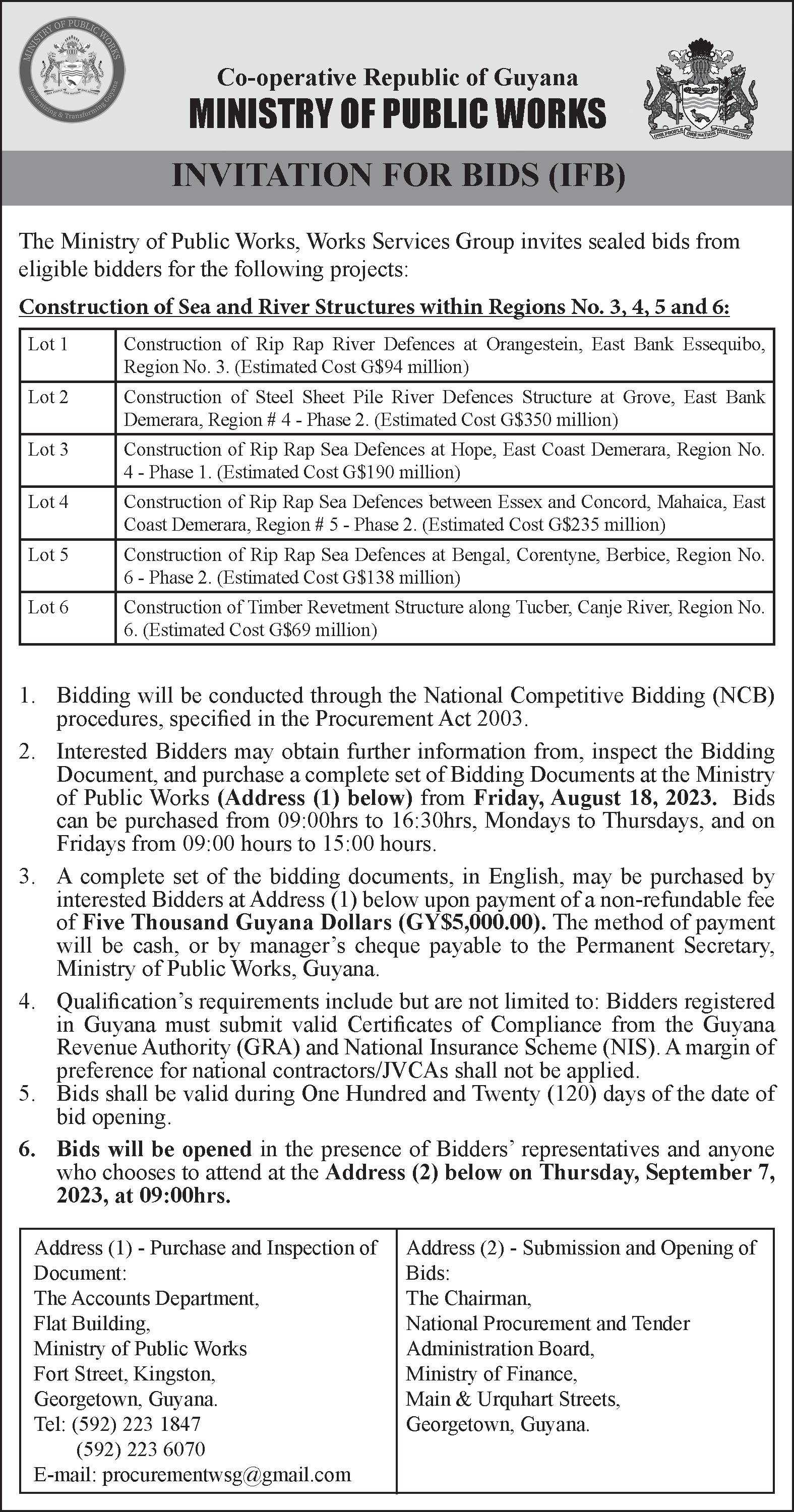
1. Every man and woman in the dancing company commuting by airplane (is, are) covered by this insurance policy.
2. The language option students and their tutor (was, were) invited to visit our west wing to browse the new language teaching journals.
3. Georgeanna and Martha (does, do) not consider this visit important to their examination success.
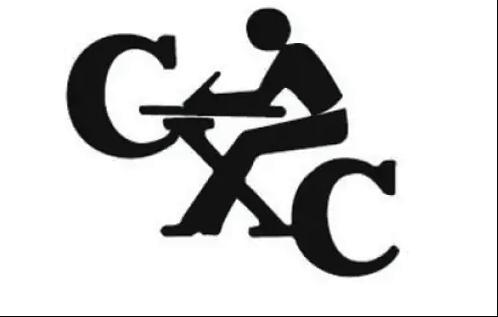
4. Many a parent and teacher (has, have) become an executive through (his or her, their) hard work.
5. Every inventory clerk and warehouse manager (has, have) been bonded.
6. Her agent and advisor (is, are) her husband, Samuel.
The Poem
Analysing and interpreting the poem Manhole Covers
The beauty of manhole covers - what of that?
Like medals struck by a great savage khan, Like Mayan calendar stones, unliftable, indecipherable,
Not like old electrum, chased and scored, Mottoed and sculptured to a turn, But notched and whelked and pocked and smashed
With the great company names: Gentle Bethlehem, smiling United States. This rustproof artifact of my street, Long after roads are melted away, will lie Sidewise in the grave of the iron-old world, Bitten at the edges, Strong with its cryptic American, Its dated beauty.
(Karl Shapiro)
What to Do
1a) How do the comparisons in lines 2 and 3 of the poem above make the manhole covers seem exotic and mysterious? b) According to the speaker, what will finally become of manhole covers? Why will they be cryptic?
(Reminder: When you look at comparison look for writer’s style, or choice of words that signal something and indicate relationship, details, and focus. Note the images formed.)
2. In which lines of the poem do you find the devices of parallelism and simile?
(Remember that parallelism is the repetition of a grammatical structure, e.g., What do we want with flowers? What do we want with their shapes? (Remember 1) that parallelism emphasises and links related ideas in writing, and
(2) that a simile is a comparison between two seemingly different things. Look for signal words such as ‘like’ or ‘as.’)
3. If you say that the first eight lines of the poem above describe the manhole covers, what does the last six lines do. How significant is the function of these last lines?










